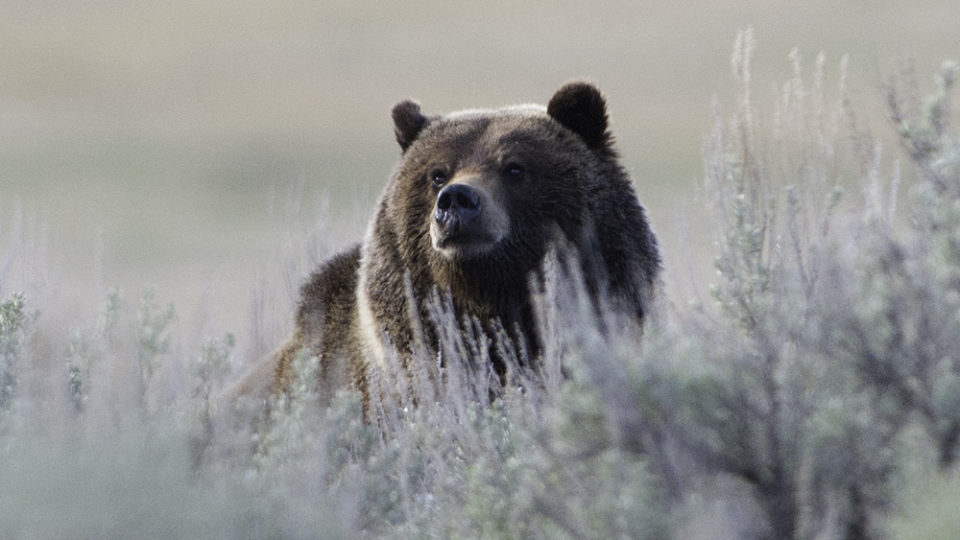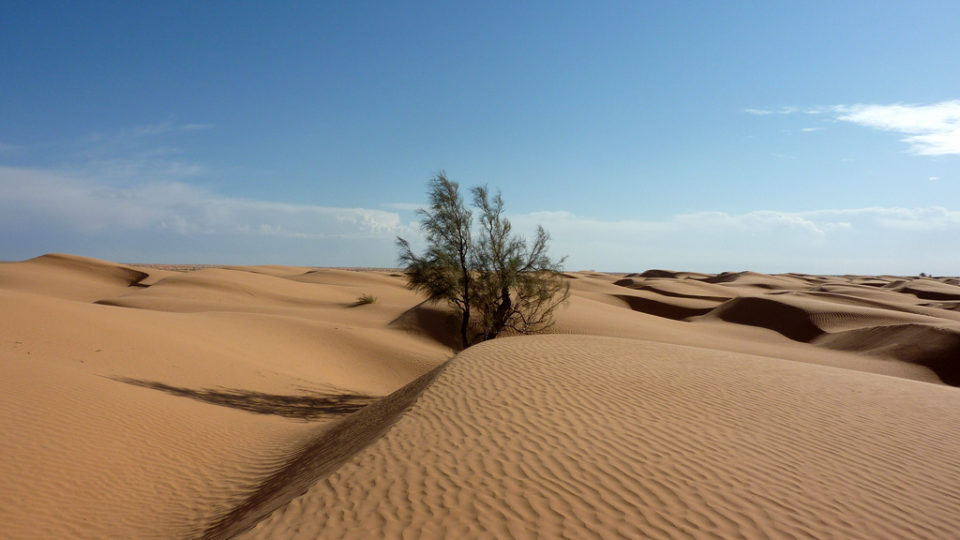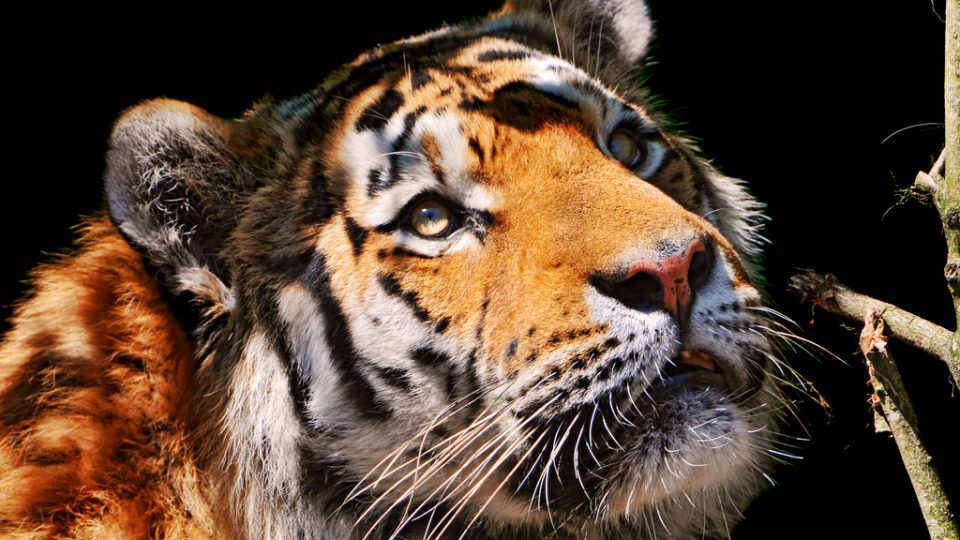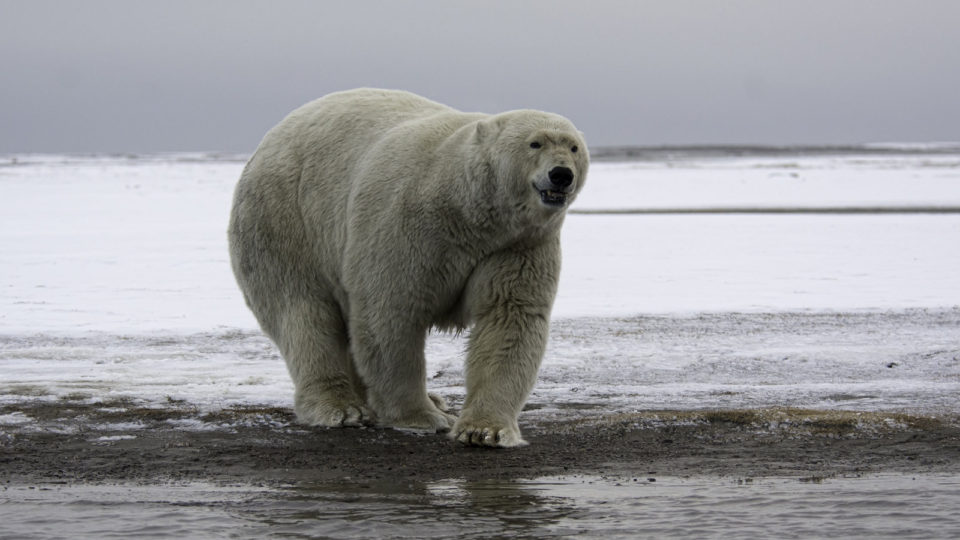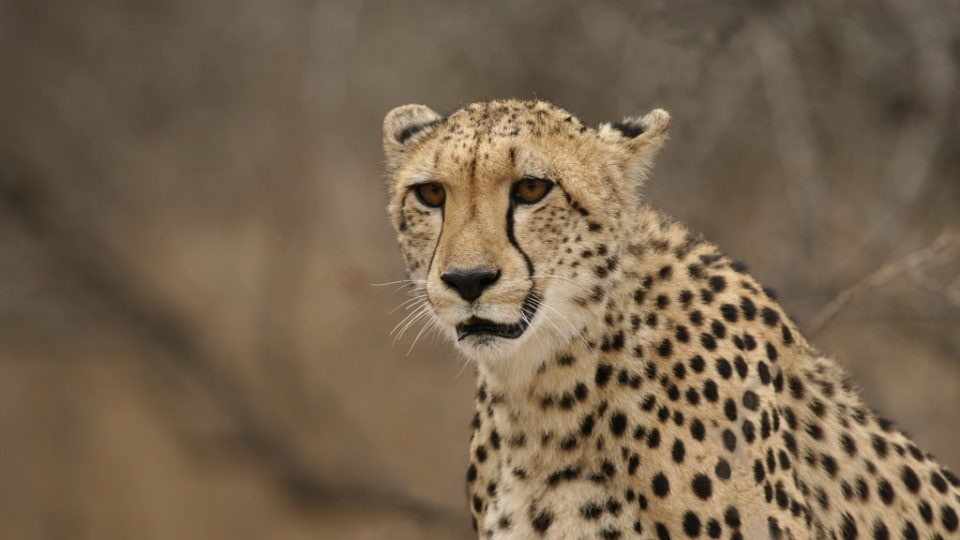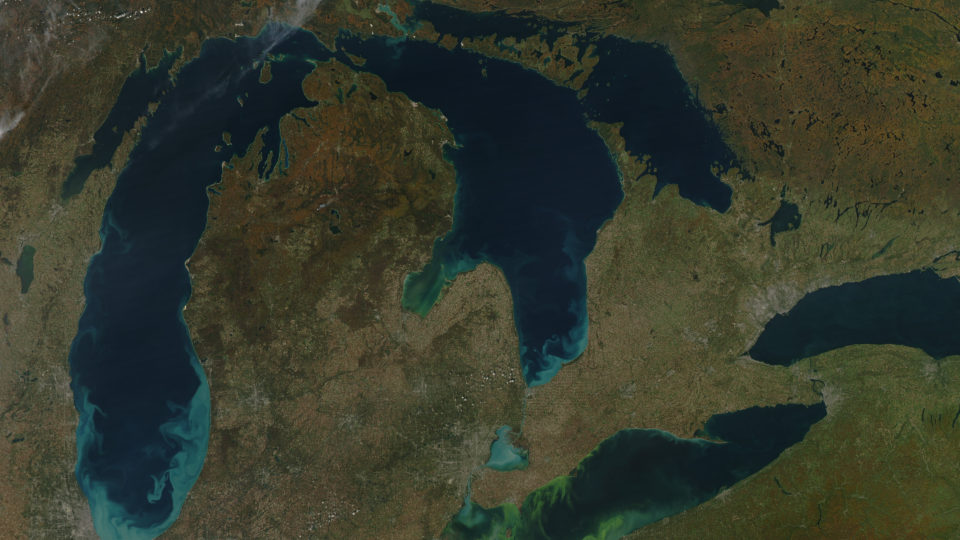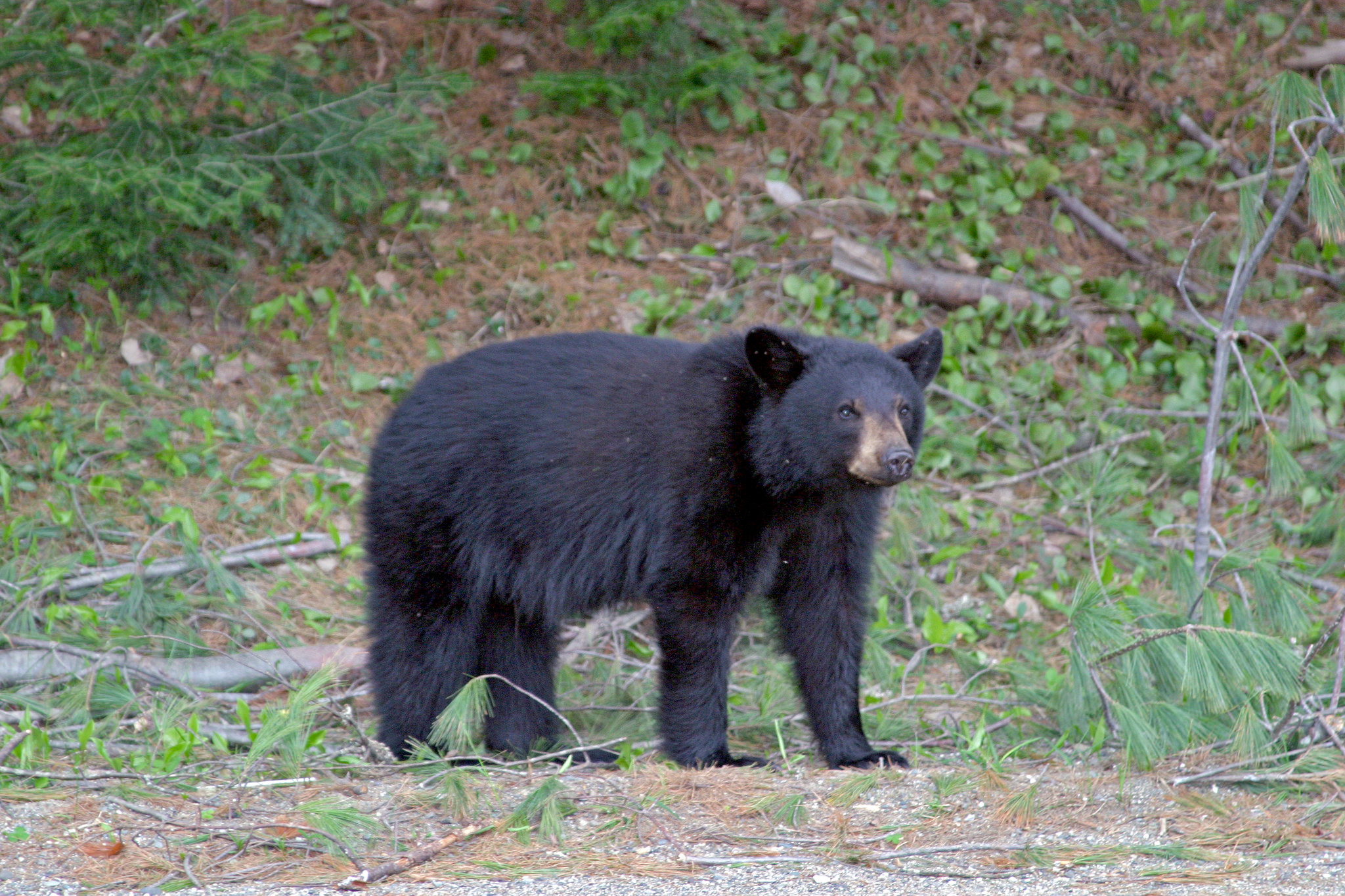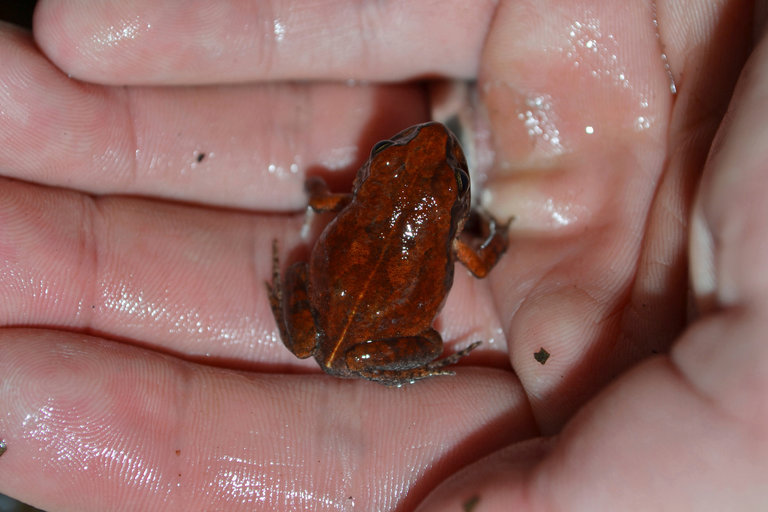population
The Sahara Desert Is Expanding
Deserts are barren areas of land where little precipitation occurs, resulting in living conditions that are hostile for plant and animal life. These regions are typically defined by low average annual rainfall—usually 100 millimeters (less than 4 inches) of rain per year or less.
Saving The Siberian Tiger
The northeastern part of China, wedged between North Korea to the south and Russia to the northeast, is home to two highly endangered big cats: the Siberian tiger and the Amur leopard. Siberian tigers, which can weigh over 600 pounds and grow to more than 10 feet in length, now number only about 500 in the wild, mostly in Russia. Amur leopards, weighing more than 100 pounds and growing to more than four feet in length, number only about 80 in the wild. While both species are right on the edge of extinction, both are slowly rebounding.
Polar Bears Are Struggling To Find Food
Climate change continues to pose a major threat to polar bear survival. Polar bears, whose native range largely lies within the Arctic Circle, depend on sea ice for nearly all of their life cycle functions. And rising global temperatures are causing that sea ice to disappear.
Making Room For Wildlife
Protecting biodiversity is a critical challenge facing humanity. Global vertebrate populations – from elephants to amphibians – declined by 58% from 1970 to 2012 and losses are expected to reach 67% in the next two years. Think about it: at least two-thirds of all vertebrate animals on earth have vanished over the lifetime of anyone fifty years old or over.
Is The World’s Largest Sea Turtle No Longer Endangered?
The rapid disappearance of many plants and animals around the world has many scientists saying we are experiencing a sixth mass extinction – the first since the dinosaurs were wiped out some 66 million years ago. Despite all sorts of conservation efforts, living things are struggling as a result of climate change, habitat loss, and countless other natural and manmade pressures. Conservation success stories have been few and far between.
[Read more…] about Is The World’s Largest Sea Turtle No Longer Endangered?
Are Big Cats In Big Trouble?
According to researchers with the National Geographic Society’s Big Cats Initiative, cheetahs are much closer to extinction than previously thought. The research team has released a study, which was recently published in the journal PeerJ, that updates the cheetah population numbers in southern Africa, the largest of its remaining habitat.
North Atlantic Right Whales
North Atlantic right whales are one of the rarest marine mammals in the world. In fact, according to the National Oceanic and Atmospheric Administration, there are only about 450 of the whales left. Measuring approximately 50 feet long and weighing close to 100,000 pounds, North Atlantic right whales are now more critically endangered than mountain gorillas, black rhinos, and giant pandas.
China And Electric Cars
While American politicians were voting on eliminating tax credits for buyers of electric vehicles, auto executives from around the world were gathering to make ambitious plans to sell more electric cars in China.
Global Warming And The Nitrogen Problem
Excess nitrogen in the environment is a big problem. The most visible aspect of the problem is the spread of toxic algae blooms in oceans, lakes and other bodies of water. But there are other effects as well such as unwanted alterations to ecosystems.
Removing Heavy Metals From Water
Clean and abundant water is the most essential need for all human societies and the supply of it is threatened by increasing populations and volatile climate patterns. The quality of water is threatened by a host of contaminants, most of our own making.
The Monarch Highway
We have talked about the monarch butterfly on a number of occasions. The population of these iconic orange and black butterflies in North America has plummeted from 1 billion to 33 million over the past 20 years. People have undertaken a variety of efforts to try to save the species but now a major project to restore the dwindling habitat of the monarch is underway.
Invasion Of The Sea Pickles
Sea pickles are translucent, tubular creatures that are usually found in tropical ocean waters. Also known as pyrosomes, they are actually made up of many small multicellular organisms that are linked together in a tunic to form a tubelike colony that is closed on one end.
Satellites And Conservation Science
Satellites orbiting the earth are becoming an increasingly powerful tool for counting and monitoring wildlife populations and to answer a host of other questions about the natural world.
